Jim East
- 299 Posts
- 51 Comments

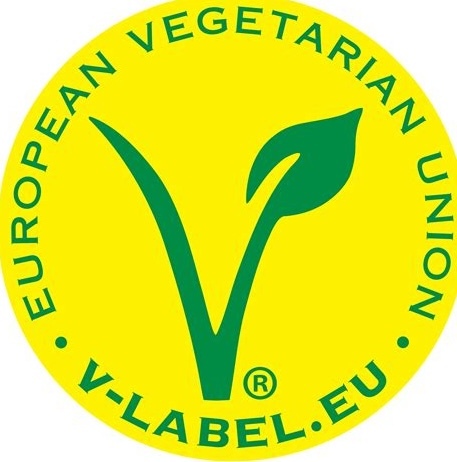 2·3 days ago
2·3 days agoIf Iceland can grow bananas, then oil palms don’t seem like much of a stretch. But whether they are grown outdoors in the lowland tropics or in a greenhouse somewhere else, that’s land that cannot be native forest. At least in the tropics, it’s possible to implement an agroforestry system that includes both oil palms and native trees, but in a greenhouse somewhere cold… nope. Even if the yield would be greater than that of more cold-tolerant oil crops, more energy would be needed for heating in the winter, so intuitively, it doesn’t seem practical except where there would be large amounts of “waste” heat anyway, like near geothermal vents or power plants.
Fortunately, palm oil is not essential for nutrition, and many industrial applications could use (e.g.) hemp oil if palm oil is not available, so it’s not necessary to increase production of palm oil. About half of world production goes to “livestock” feed anyway.

 1·4 days ago
1·4 days agoSolving world hunger, improving banana access… In practice, it’s largely the same thing. But yeah, if there were crops that grew well year-round in Iceland, then that would be great. But if that were the case, then they probably wouldn’t be building geothermal banana greenhouses in the first place.

 4·4 days ago
4·4 days agoWhen asked why he doesn’t irrigate his crops to increase yields, Dr. Johnson simply replies: “Well, then what would we pray for?” Hopi farming is a testament to his faith. And faith is tied directly to water. That’s what makes Hopi agriculture so resilient–it’s faith-based. This means it can withstand droughts, seasons with minimal growth, and the cycles of life. It’s important to Dr. Johnson to continue this practice, and part of that practice means not bringing man-made lines to irrigate crops. Hopi seeds, or what he refers to as “hardy” seeds, would not know what to do with all the extra water. They have been adapted to grow within an unmanipulated environment—a quintessential trait of Hopi farming: raising crops to fit the environment, rather than manipulating the environment to fit the crops.
I’m all for rational and scientific approaches to agriculture and to engineering problems in general, but these faith-based farmers who have learnt to grow and eat the crops that do well in their environment make the people growing bananas in Iceland look pretty foolish. Imagine what could be achieved with a scientific approach to working with natural systems instead of trying to overcome them. (And imagine what could be achieved if those banana growers in Iceland simply moved to the tropics.)
a berry pie without any sugar but what’s already in the berries shouldn’t be too bad.
Wolves have been observed to subsist on almost exclusively blueberries during the height of the season in Yellowstone, so I’d say the glyphosate residue in the flour is much more of a risk than whatever fruit is in the middle.
THIS is the actual definition of Veganism, directly from the people who coined the term:
That definition is from 1988, so it’s questionable whether it came “directly from the people who coined the term” in 1944. Here is a re-publication of the 1951 Leslie Cross definition:
“The object of the Society shall be to end the exploitation of animals by man” and “The word veganism shall mean the doctrine that man should live without exploiting animals.”
Allegedly someone read The World Peace Diet (by Will Tuttle) to Donald Watson on his deathbed, and Donald Watson said that the book encompassed everything that he intended when he founded the Vegan Society. Make of that what you will.

 1·4 days ago
1·4 days agoProbably ‘Silk’, AKA Latundan, from the Philippines.
Not all, but yes, some components are inevitably lost in the drying process. There’s a reason that dried fruit is often treated with sulphur dioxide as a preservative. Of course, preserving the colour doesn’t prevent the loss of large amounts of essential nutrients like vitamin C. Fresh is best whenever possible.

 2·6 days ago
2·6 days agoConvert the pasture lands to syntropic food forests and native forests, and then the birds and other native animals will have a place to live again.

 1·6 days ago
1·6 days agoLet us not forget that this is primarily due to deforestation, whether directly (due to loss of tree cover for moisture retention) or indirectly (due to climate change).

 1·6 days ago
1·6 days agoWe need both, obviously. Ending animal agriculture is the most practical way to achieve it.
Did you ever find an answer to this re: reforestation projects? Could be useful to relocate termites in order to introduce the microbes to grasslands.

 1·6 days ago
1·6 days agoProjects like this are in desperate need of serious people to help them scale up. If even a small fraction of the people who see articles like this (or videos, or whatever) were to contribute some of their time and energy to the projects themselves, then the odds wouldn’t be so against them, and that little bit of progress would become reforestation of entire regions. The question isn’t whether it’s possible for a project like this to succeed; the question is whether there are enough people willing to make it happen.

 13·7 days ago
13·7 days agoAll systems of oppression must be dismantled, no matter how inconvenient or unpleasant that process may be.

 6·8 days ago
6·8 days agoSomeone has to be the first.

 3·8 days ago
3·8 days agoThe article is definitely lacking details about the Moche and Chimu cultures. The coast of Peru has a history of severe droughts and floods and landslides and earthquakes, yet these people had advanced irrigation systems and managed to live in such an environment for centuries. From what I understand, it’s the communal management and temporary nature of the irrigation infrastructure that differs from modern methods, but the how of managing it and moving it over time is left out. If anyone knows more, perhaps they can comment here.
Doesn’t need to be a desert. Anywhere that has a dry season with lower humidity should work regardless of total annual precipitation.
And borax, to keep the termites from eating it.
One more reason to move to the jungle.
Just be to sure to check for rotten spots in an old wooden barrel before setting it up! Old wood + constant moisture = fungal rot.

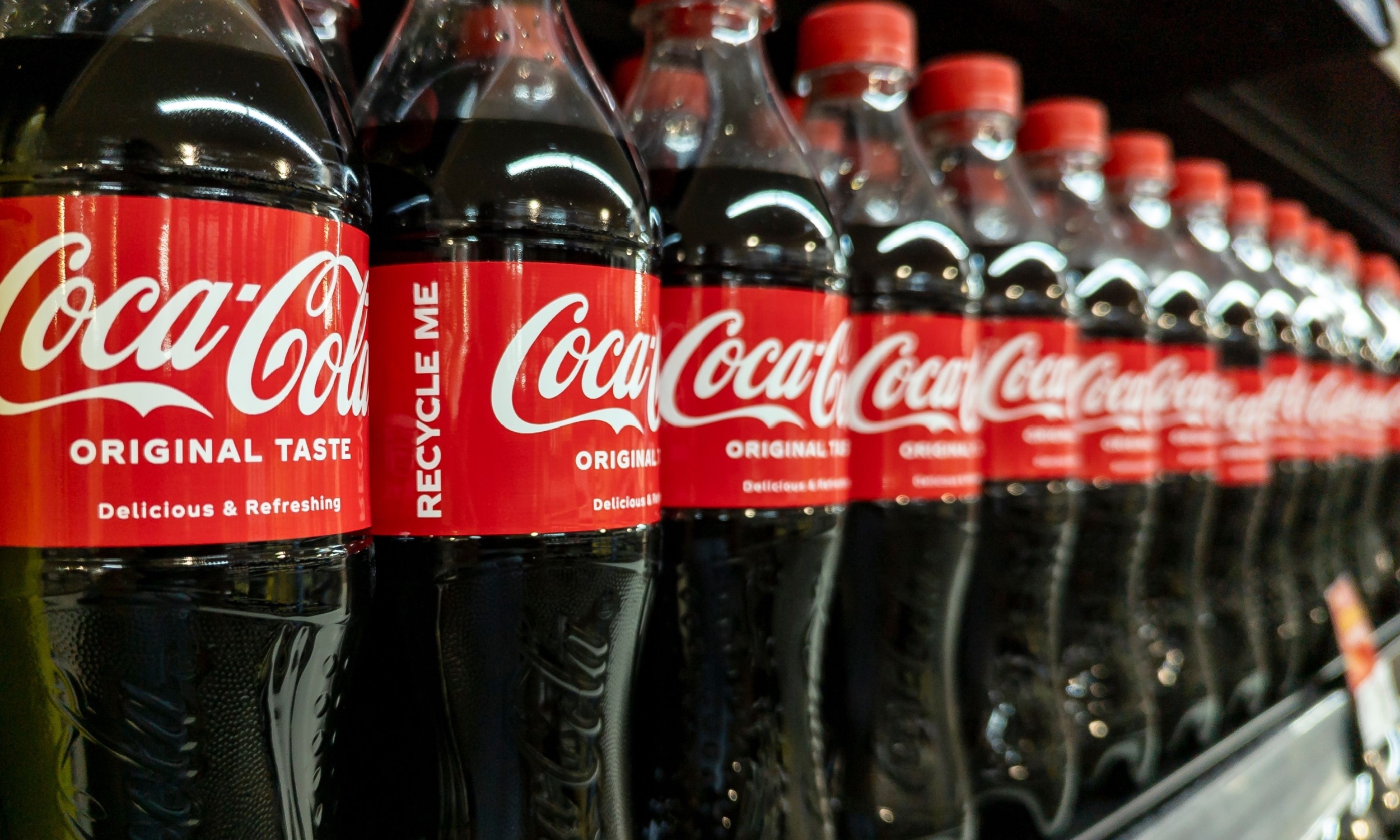



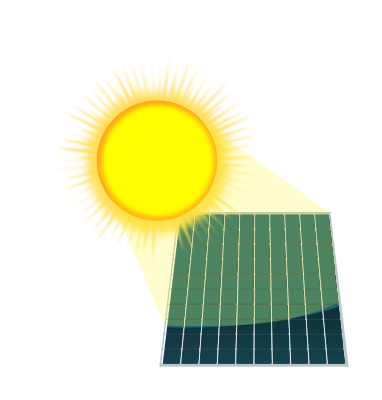





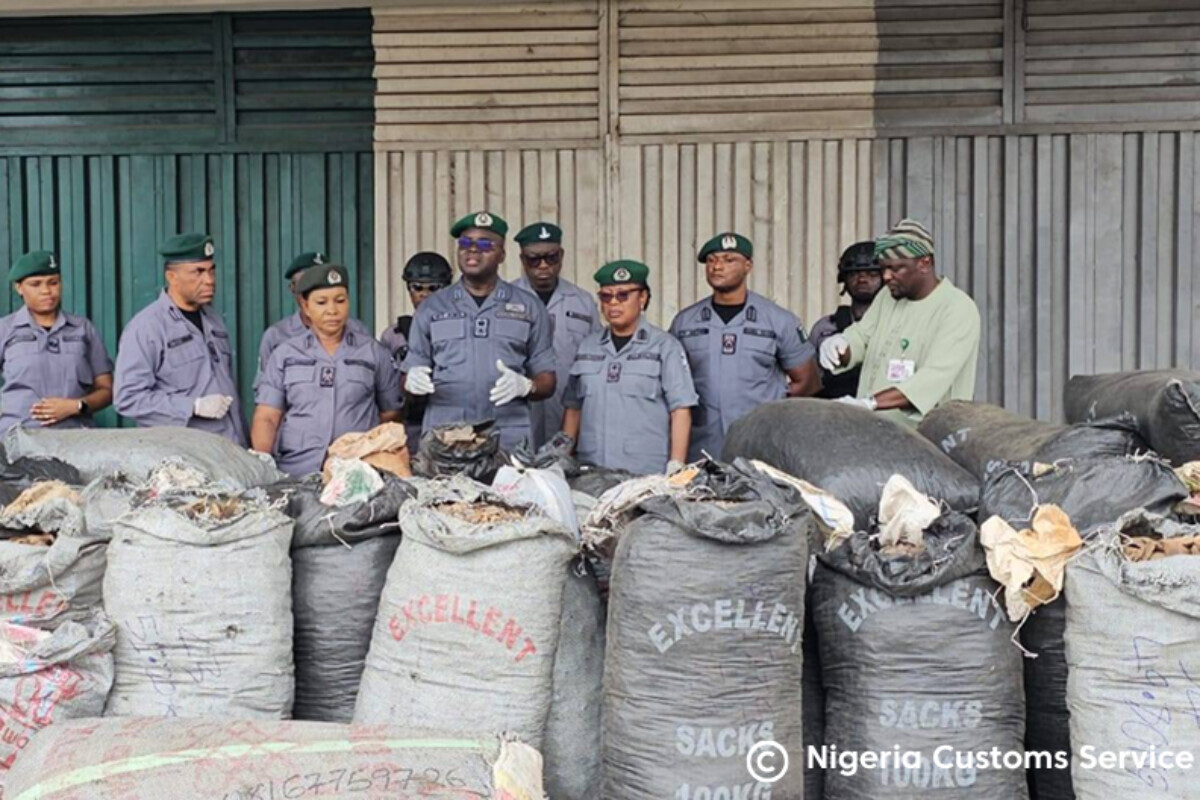


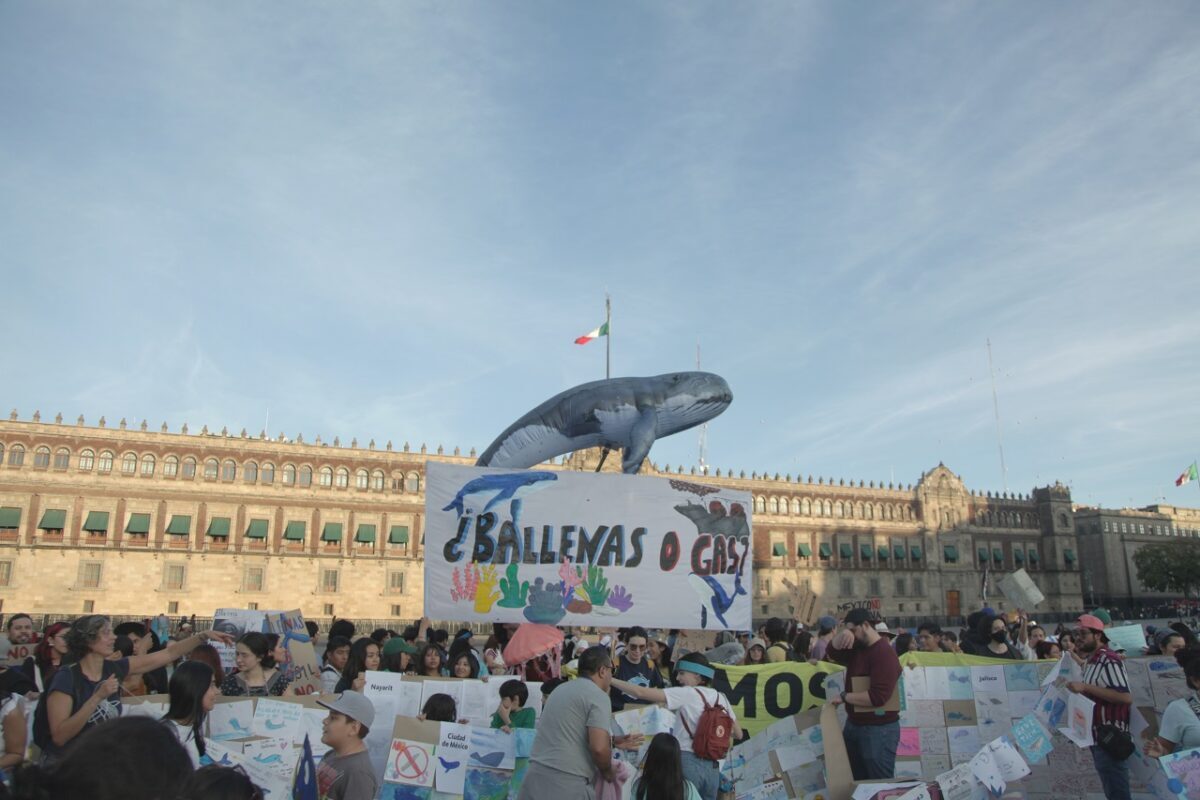






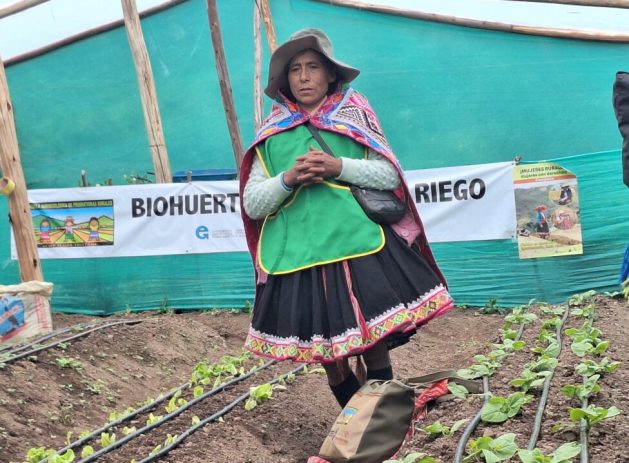
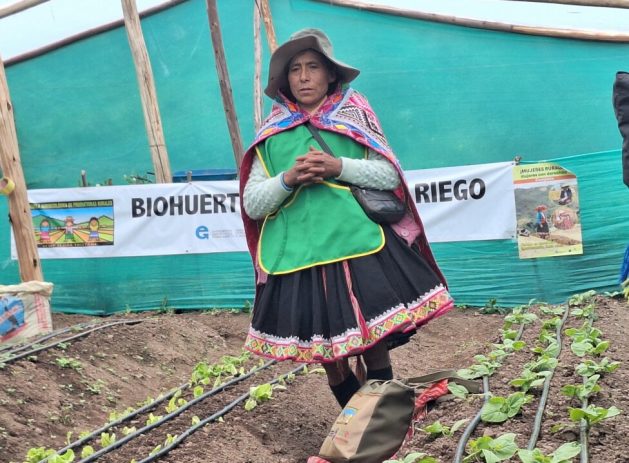
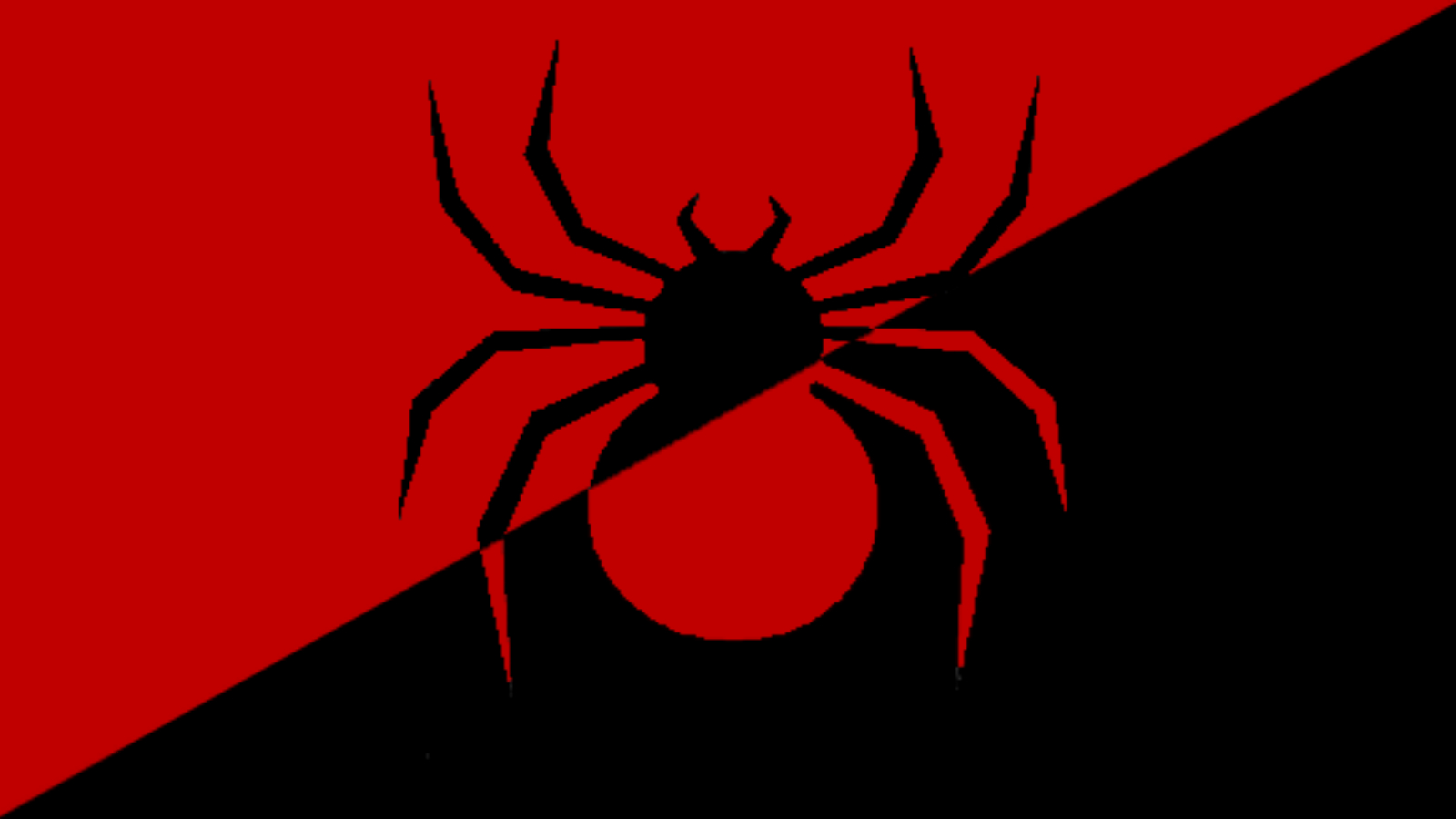







Nature is a horrible place, but every animal deserves to be free. Perhaps it’s the concept of freedom that people have trouble accepting. Until someone manages to design an improved version that functions without hunger and disease and predation, natural forests are still the superior habitat.